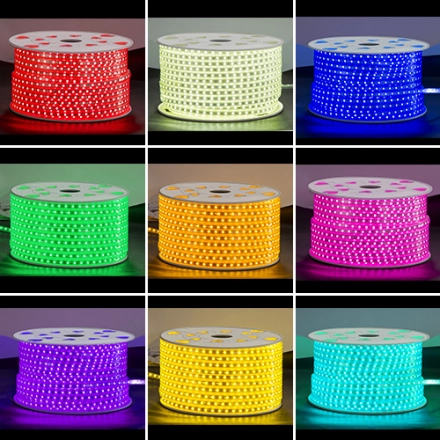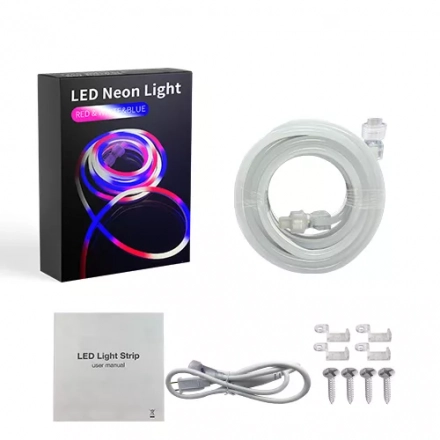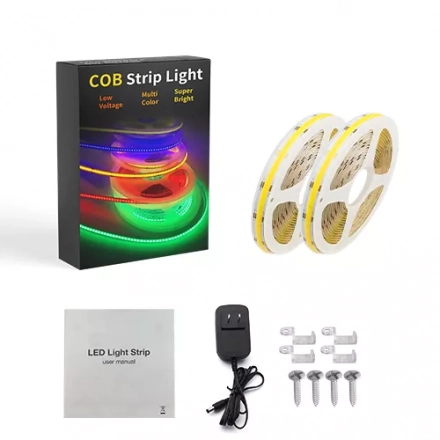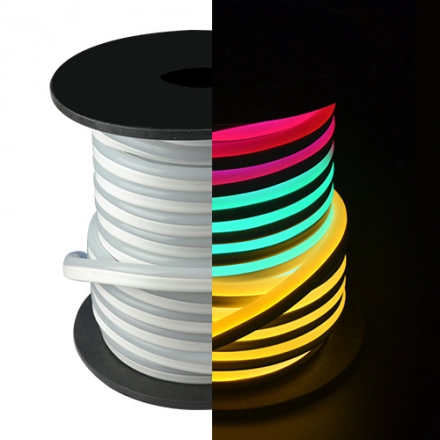Objective Introduction to the Main Features of LED Amplifiers
LED amplifiers are essential devices in the world of lighting, enabling enhanced control and flexibility when it comes to LED lighting installations. Designed to work in conjunction with LED drivers, these amplifiers play a crucial role in ensuring optimal performance and efficiency of LED systems. In this article, we will objectively explore the main features of LED amplifiers, shedding light on their significance in modern lighting applications.
LED Amplifier Functionality:
LED amplifiers are primarily responsible for signal amplification, ensuring that the control signals from the LED controller or driver are correctly transmitted to the LEDs. They act as intermediaries, receiving the control signals and distributing them to multiple LED strips or fixtures within a lighting installation. This functionality enables synchronized and uniform lighting effects across all connected LEDs.
Amplification and Signal Regeneration:
One of the primary functions of LED amplifiers is to amplify the control signals received from the LED driver. This amplification compensates for any signal degradation that may occur due to long cable distances or voltage drops. By boosting the control signals, LED amplifiers ensure that the desired lighting effects are accurately replicated throughout the entire LED system.
Voltage Compatibility:
LED amplifiers are designed to work with specific voltage ranges, typically matching the voltage requirements of the LED driver and LED strips or fixtures. It is crucial to select an amplifier that is compatible with the voltage specifications of the LED system to ensure safe and efficient operation.
Signal Input and Output:
LED amplifiers feature multiple input and output channels, allowing for seamless integration with various LED lighting configurations. The number of channels determines the number of LED strips or fixtures that can be connected and controlled simultaneously. These amplifiers often support both analog and digital control signals, providing versatility in compatibility with different LED control protocols.
Synchronization Capability:
LED amplifiers play a critical role in achieving synchronized lighting effects. They enable the synchronization of color changes, brightness adjustments, and various lighting patterns across multiple LED strips or fixtures. This feature is particularly useful in applications such as architectural lighting, stage lighting, and decorative lighting, where precise coordination is essential to create visually stunning displays.
Protection and Reliability:
LED amplifiers often incorporate protection mechanisms to safeguard the LED system from potential faults and damages. These protection features may include over-current protection, over-temperature protection, and short-circuit protection. By implementing such safety measures, LED amplifiers enhance the reliability and longevity of LED lighting installations.
Conclusion:
LED amplifiers are indispensable components for achieving efficient and synchronized LED lighting systems. With their signal amplification capabilities, voltage compatibility, synchronization capabilities, and built-in protection mechanisms, LED amplifiers contribute significantly to the overall performance and reliability of LED lighting installations. By understanding the main features and selecting the appropriate amplifier for specific lighting applications, one can ensure optimal control and enhanced visual effects in various settings.






